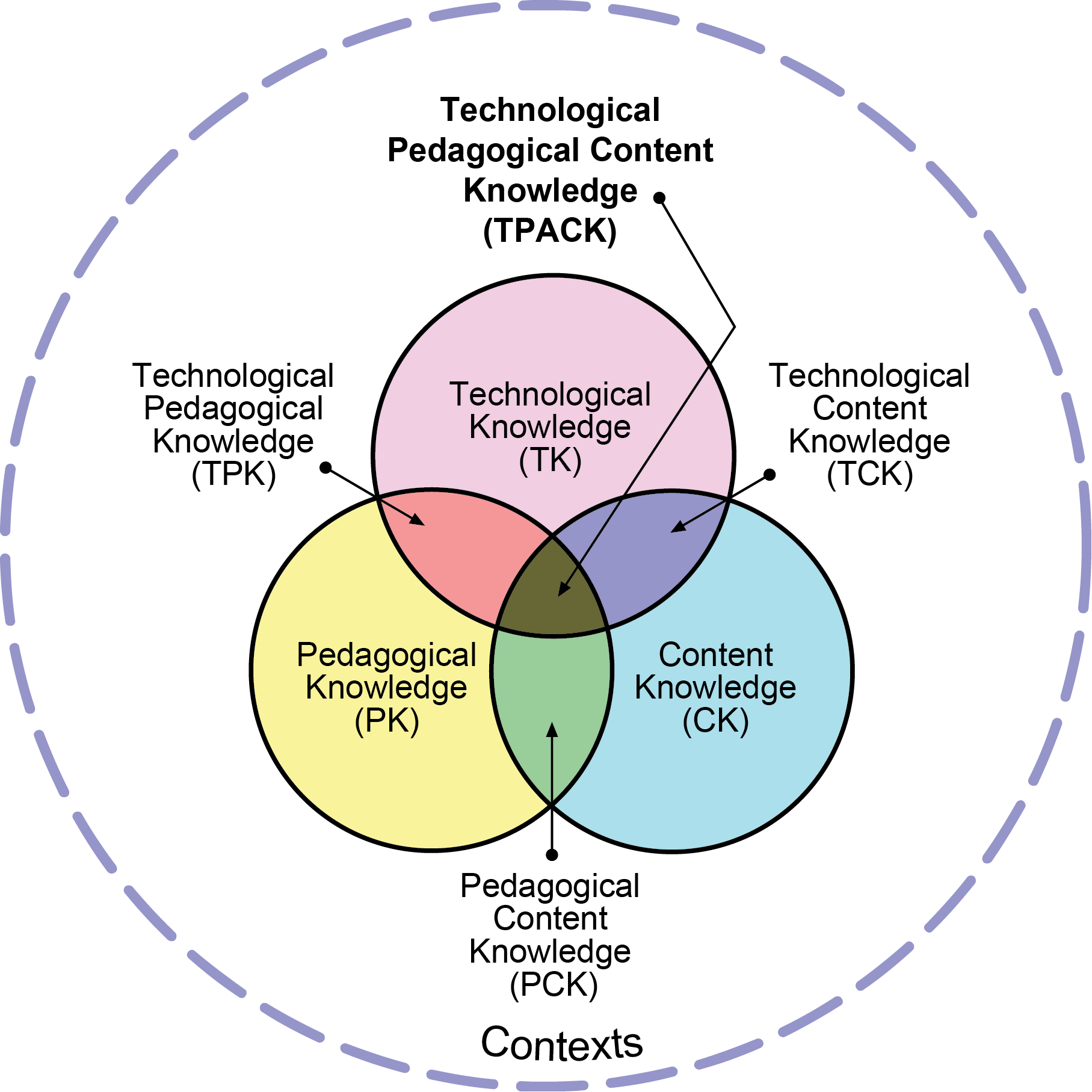OLTD Learning Outcome:
- Develop practical and technical skills in all phases of concept, development, design, implementation, etc.
Evidence to Support Outcome:
Reflection to Support Evidence:
At the end of December of 2013, as part of OLTD 502, I wrote up the plan the Centre for Innovation and Excellence in Learning (CIEL) at Vancouver Island University (VIU) would be using to develop new training materials for the Desire2Learn Learning Management System (VIULearn LMS). Although the planning of the training materials was not solely my work, I was part of the discussions and planning. The assignment is an articulation of the plans for a multi-month course development to be carried out by myself as well as at least one other member of CIEL. The document goes through the rationale, planning, development, and deployment of the training course. To date, the planning phase has been completed and development has started.
During the production of this document, I learned about the Technology Acceptance Model (TAM) (David, 1989) and the Technological Pedagogical Content Knowledge (TPACK) framework (Koehler & Mishra, 2009). The TAM model outlines how users balance the perceived usefulness (PU) of a technology with its perceived ease-of-use (PEOU). The TPACK framework describes the interaction of Technological, Pedagogical, Content knowledge. Effective interaction and negotiation between the three types of knowledge is necessary for effective technology integration into a teaching context.

Davis, F. D., Bagozzi, R. P., and Warshaw, P. R. “User Acceptance of Computer Technology: A Comparison of Two Theoretical Models,” Management Science, 35, 1989, 982-1003.
Both TAM (above) and TPACK (right) have helped ground the work I am doing on the VIULearn training materials in theory, allowing me to make more informed decisions regarding course content development and tool use. I believe that when combined with my critique and redesign, this project report has increased both my effectiveness as a trainer, and the usefulness of the material I create for faculty at VIU. I am hoping that once that the course has been deployed I will be able to look back on these materials and compare the intents with results, which will help me develop my planning and implementation skills as well.
At time of writing, there is a shift toward multi-dimensional teams developing online courses. Besides the subject-matter expert (the teacher) there is generally a course designer and a technology expert in the team. As I work in a post-secondary institution, it is likely that this approach will be adopted by VIU in the next 5 years. Practical and technical skills related to concept, development, design and implementation of online courses are going to be in high demand. Without the those skills, team development of online courses can become overly complicated and produce a poor quality material.
Additionally, as the K-12 sector has been slower to adopt the team approach to online course development, it is necessary for individual teachers to have this skill set so they can create high-quality learning opportunities for their students without the help afforded by a team approach.
